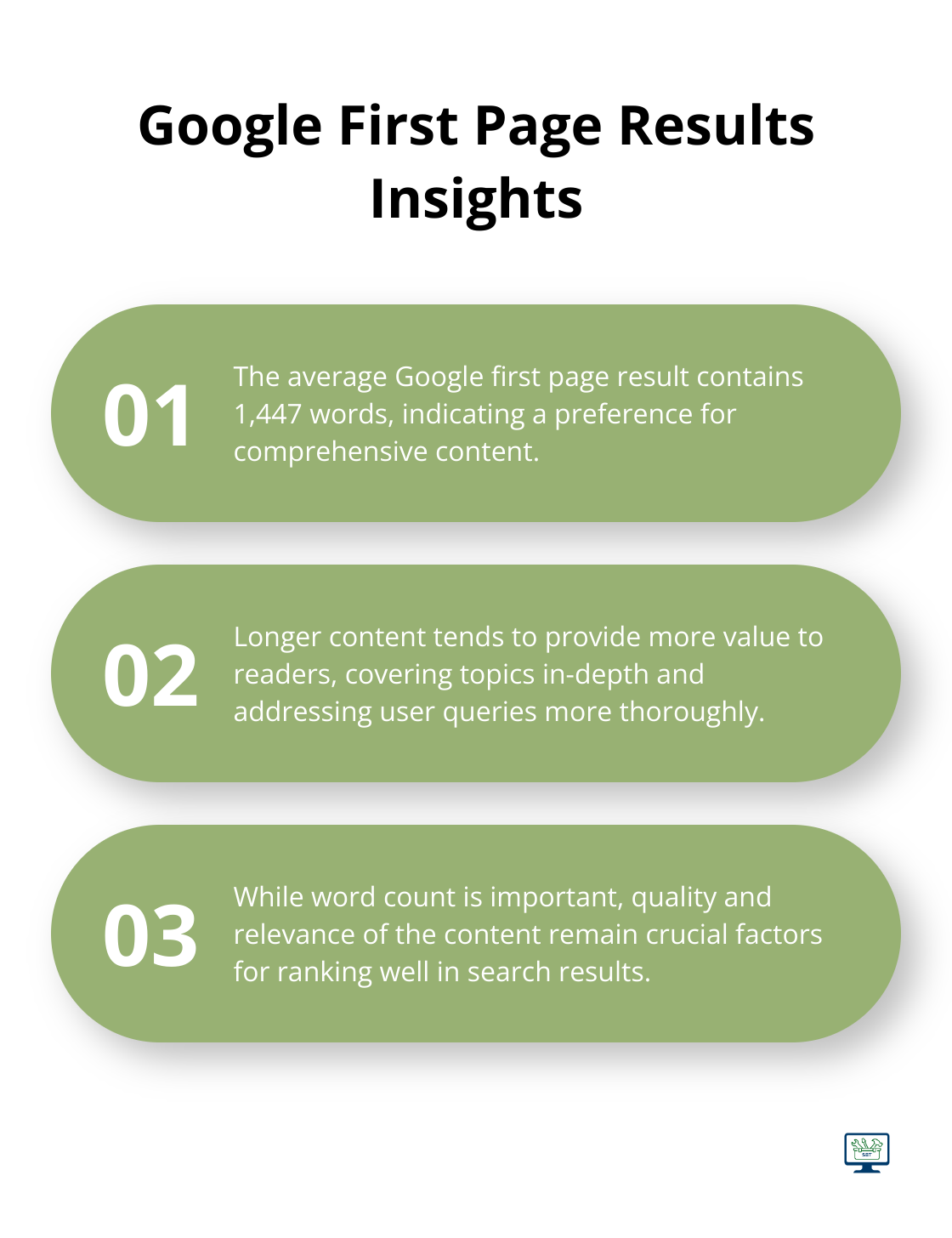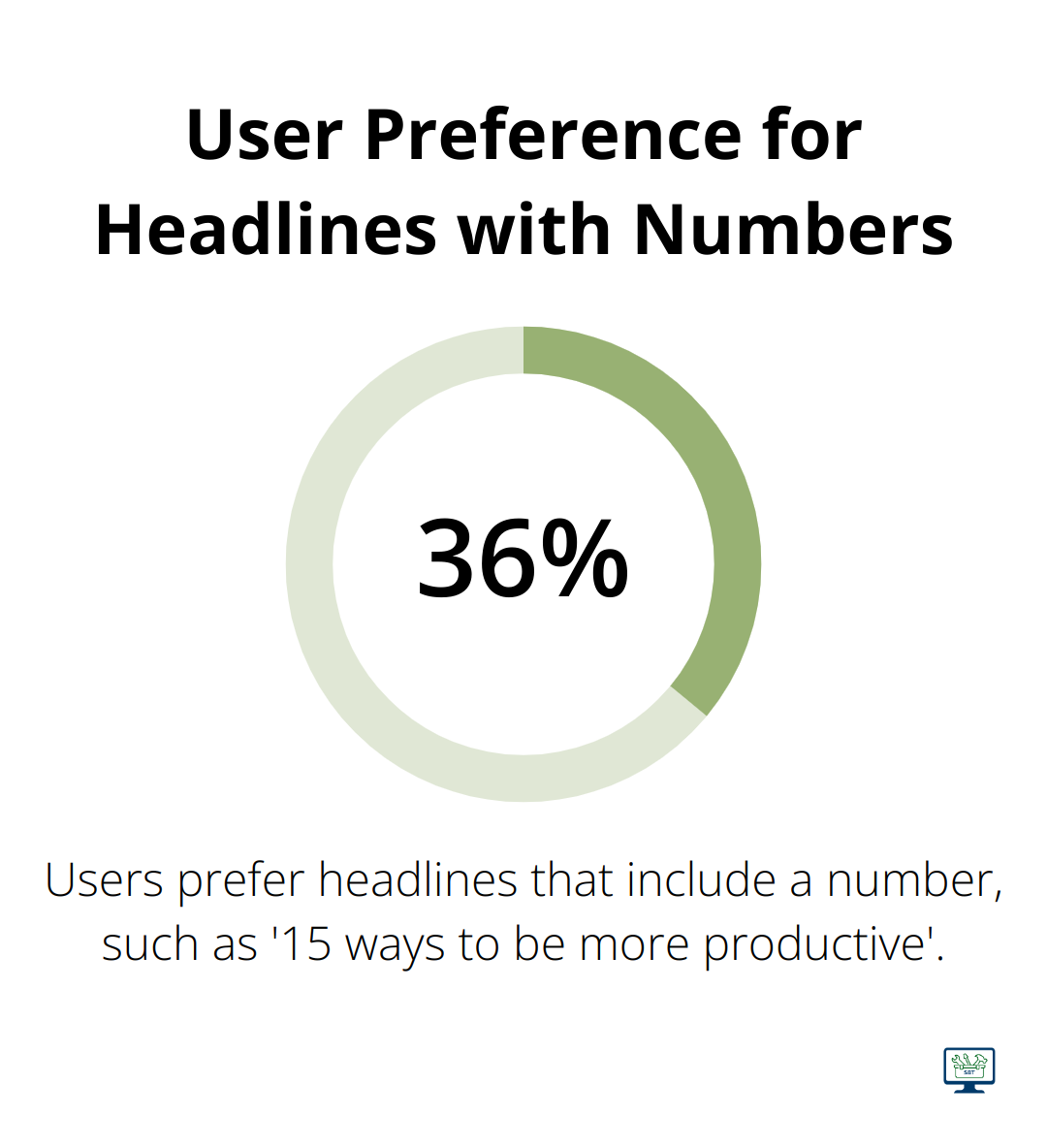SEO and Copywriting: Crafting Content That Ranks

Published On Jun 23,2025
At WebsiteStrategies, we know that SEO and copywriting are two sides of the same coin when it comes to creating content that ranks.
In today’s digital landscape, mastering both skills is essential for online success. This post will explore how to blend SEO techniques with compelling copywriting to create content that not only ranks well but also engages your audience.
We’ll share practical tips and strategies to help you optimise your content for search engines without sacrificing readability or user experience.
SEO Meets Copywriting: A Powerful Duo
The Synergy of SEO and Copywriting
SEO and copywriting form a dynamic partnership in content creation. SEO optimises web content to rank higher in search engine results, while copywriting crafts persuasive and engaging text that compels readers to take action.
When these two disciplines work together, the results can be remarkable. SEO provides the technical framework that helps search engines understand and rank your content. It involves keyword research, meta tag optimisation, and content structuring for easy crawling and indexing. Copywriting brings the human element, creating compelling narratives that resonate with readers and encourage engagement.
A study by Backlinko found that the average Google first page result contains 1,447 words. This statistic highlights the importance of creating in-depth, valuable content that addresses user needs comprehensively. However, the quality of the writing matters just as much as the quantity.

Balancing Technical Optimisation and User Experience
While it’s tempting to focus solely on pleasing search engines, your ultimate audience is human. Google’s algorithms have become increasingly sophisticated, prioritising content that provides genuine value to users.
One way to strike this balance is to focus on user intent. Tools like SEMrush and Ahrefs can help you identify the questions your audience asks, allowing you to create content that directly addresses their needs while incorporating relevant keywords naturally.
Practical Tips for SEO-Friendly Copywriting
- Start with keyword research, but don’t let it dictate your entire content strategy. Use tools like SEMrush or Ahrefs to identify relevant keywords, then weave them naturally into your copy.
- Create compelling meta titles and descriptions. These are often the first things users see in search results, so make them count. Try to keep titles under 60 characters and descriptions under 160 characters to avoid truncation in search results.
- Use header tags (H1, H2, H3) to structure your content logically. This helps both search engines and readers understand the hierarchy of information in your content.
- Incorporate LSI (Latent Semantic Indexing) keywords. These related terms help search engines understand the context of your content. Tools like LSIGraph can help you identify these terms.
- Prioritise readability. Use short paragraphs, bullet points, and subheadings to break up text and make it easier to scan. The Hemingway Editor (a popular tool for improving readability) can be a valuable asset in this process.
The Role of User Intent in SEO Copywriting
Understanding user intent is a cornerstone of effective SEO copywriting. It involves anticipating what users are looking for when they enter a specific search query. This understanding allows you to create content that not only ranks well but also satisfies the user’s needs.
There are four main types of user intent:
- Informational: Users seek information or answers to questions.
- Navigational: Users look for a specific website or page.
- Commercial: Users research products or services before making a purchase.
- Transactional: Users are ready to make a purchase or take a specific action.

By aligning your content with the appropriate user intent, you can improve both your search rankings and user engagement. This approach leads to a win-win situation where search engines recognise your content as valuable, and users find exactly what they’re looking for.
As we move forward, we’ll explore specific SEO techniques that can enhance your copywriting efforts and help your content climb the search engine rankings.
How to Optimise Your Content for Search Engines
SEO techniques form the backbone of effective copywriting in the digital age. Let’s explore key strategies that can elevate your content’s search engine performance.
Master Keyword Research and Integration
Keyword research lays the foundation for SEO-driven copywriting. Tools like SEMrush, Ahrefs, and Google’s Keyword Planner uncover valuable insights about your audience’s search habits. Don’t just focus on high-volume keywords; look for long-tail keywords with lower competition that are more specific to your niche.
After you identify your target keywords, integrate them naturally into your content. Try to achieve a keyword density of 1-2% to avoid over-optimisation. Place your primary keyword in the first 100-150 words of your content, and use variations throughout the text.
Optimise On-Page Elements
Title tags, meta descriptions, and headers play a crucial role in both search engine rankings and click-through rates. Keep your title tag under 60 characters and include your primary keyword. Meta descriptions (while not a direct ranking factor) influence click-through rates. Keep them under 160 characters and make them compelling enough to entice clicks.
Headers (H1, H2, H3) help structure your content and provide clear signals to search engines about your topic hierarchy. Include keywords in your headers, but prioritise clarity and relevance for your readers.
Create High-Quality, Relevant Content
Google’s algorithms have become increasingly sophisticated in recognising high-quality content. Focus on creating in-depth, authoritative pieces that thoroughly address user queries.
However, quality trumps quantity. Ensure your content is well-researched, original, and provides genuine value to your readers. Use data, case studies, and expert quotes to support your points and enhance credibility.
Leverage Internal and External Linking
A strategic linking structure can significantly boost your SEO efforts. Internal links help distribute page authority throughout your site and guide users to related content. Try to include 2-3 internal links per 1000 words of content.
External links to authoritative sources can enhance your content’s credibility and provide additional value to readers. However, be selective with your outbound links, ensuring they lead to reputable sites relevant to your topic.
The implementation of these SEO techniques will help you create content that not only ranks well in search engines but also provides real value to your audience. SEO is an ongoing process that requires regular review and updates to maintain relevance and search engine performance. As we move forward, we’ll explore how to blend these SEO techniques with compelling copywriting practices to create content that truly resonates with your audience.
How to Craft Compelling SEO Copy
Creating content that ranks well and engages readers requires a balance of SEO best practices and compelling copywriting techniques. Here’s how you can craft SEO copy that captivates both search engines and human readers.
Hook Readers with Powerful Headlines
Your headline is the first thing readers see, so make it count. Use power words that evoke emotion or curiosity. For example, instead of “How to Improve Your SEO,” try “5 Proven SEO Tactics That Doubled Our Traffic in 30 Days.” This headline is specific, promises value, and creates urgency.
36% of users prefer a headline with a number, such as “15 ways to be more productive at work” or “30 recipes that take less than 30 minutes”. Try to keep your headlines under 60 characters to ensure they display fully in search results.

Structure Content for Maximum Impact
The way you structure your content can significantly impact both readability and SEO. Start with a strong introduction that clearly states what readers will learn. Use short paragraphs (2-3 sentences) and break up text with subheadings every 300-350 words.
Incorporate bucket brigades to keep readers glued to your content. Learn 22 proven phrases and strategic placement tips to boost conversions.
Leverage the Power of Multimedia
Visual content can dramatically increase engagement. Incorporate relevant images, infographics, or videos to break up text and illustrate key points.
When you add multimedia elements, optimise them for SEO. Use descriptive file names and alt text that include your target keywords. This helps search engines understand the content and context of your visuals.
Optimise for Featured Snippets and Voice Search
Featured snippets appear at the top of search results and often serve as voice search responses. To optimise for these, structure your content to directly answer common questions in your niche. Use clear, concise language and format your answers in a way that’s easy for Google to extract.
Key strategies to optimise your content for featured snippets and voice searches include providing concise answers. Voice search relies on clear and direct responses to user queries.
For example, if you target the question “How often should I update my website content?”, you might include a sentence like: “For optimal SEO performance, update your website content at least once a month, focusing on your most important pages and blog posts.”
Final Thoughts
SEO and copywriting form the cornerstone of a thriving online presence. These two elements create a powerful synergy that boosts website visibility and engagement when combined effectively. The strategies we discussed equip you to craft content that ranks well in search engines and resonates with your target audience.
Quality content remains central to successful SEO as search algorithms evolve to prioritise genuine value for users. Creating informative, engaging, and well-structured content will always prove a winning strategy. The digital landscape changes constantly, which requires ongoing effort and adaptation to stay competitive.
At WebsiteStrategies, we help businesses navigate the complex world of SEO and digital marketing. Our expert team provides tailored strategies to improve website performance and drive sustainable online growth (including comprehensive SEO audits, personalised training, and ongoing consultancy). We turn your website into a powerful lead-generating asset through effective SEO and copywriting techniques.
